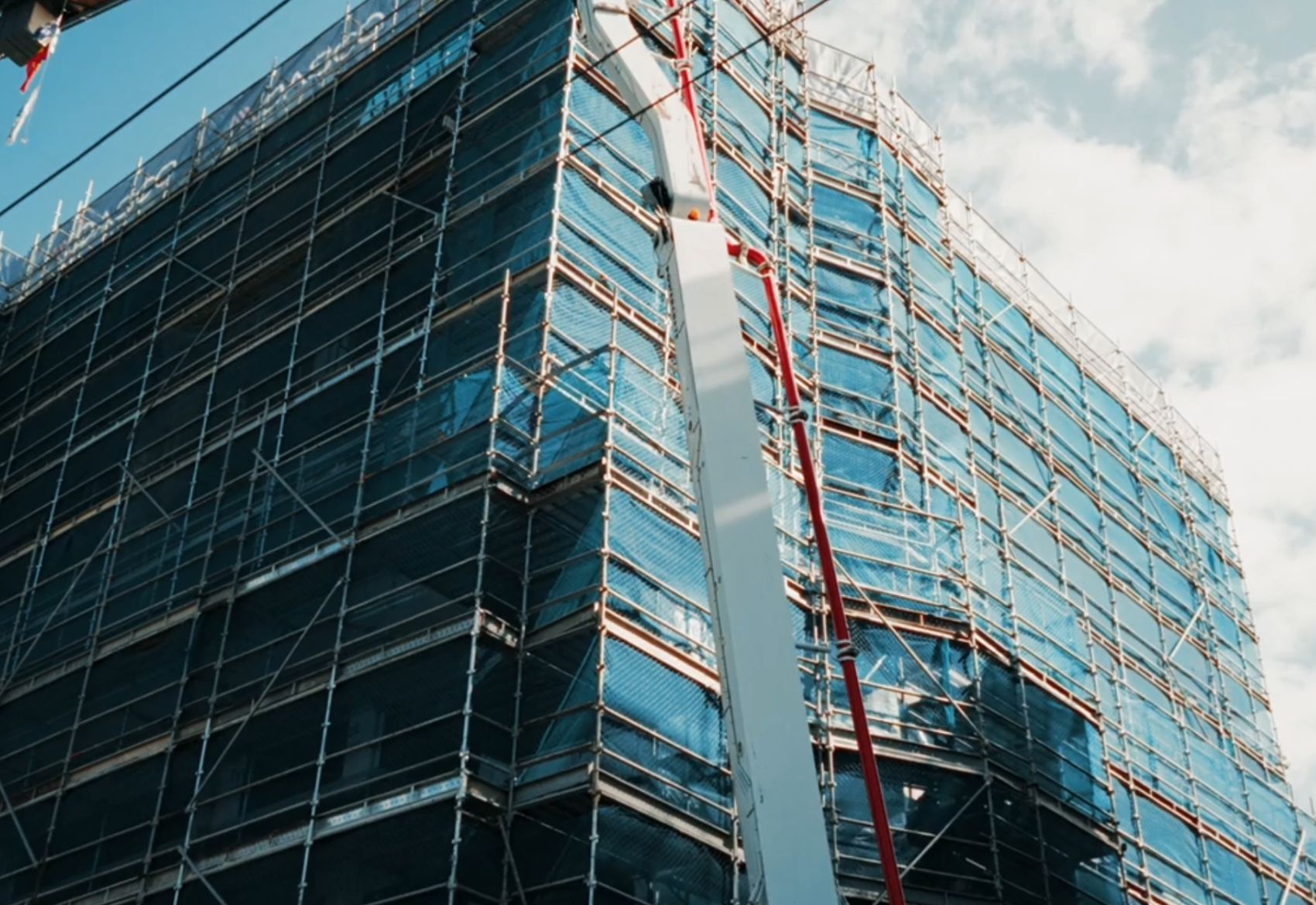Buyer Insights
Staged releases: what's in it for the buyer?

For off the plan purchasers
Most quality property projects sell in stages for clear, operational reasons. Sales cadence tracks construction, finance, and product mix so delivery stays on course and buyers get a well-sequenced set of choices. Understanding that cadence makes it easier to match your priorities to the buying stage that serves you best. Each stage can be the right time to buy, provided it aligns with your priorities and reasons for purchasing.
What a staged program actually does
A staged program aligns sales to the rhythm of the build, and to finance, and enables a balanced product mix throughout the entire development process. That’s good for the developer, for those financing the project, and also for people like you, who may be interested in buying off the plan.
Stages open at sensible construction gates so cash flow is predictable and suppliers can secure long-lead items.
In practice, an early stage may open once structural milestones and services are confirmed. A mid stage tends to follow when inclusions and supplier lead times are locked. Final releases arrive when settlement timing is more clearly defined.
This process maintains breadth of choice across releases, preserves depth in sought-after stacks, and sets clear windows for variations, upgrades, and purchaser care.
Results you can see:
- Real choice across the program, not only at launch
- Pricing tracks real sales, supporting valuations
- Timelines tied to milestones visible to buyers
- Earlier guidance on a realistic settlement window
How pricing is structured across stages
Unlike established homes, which are priced at a single point in time against recent settled sales, off the plan pricing unfolds across a program.
The developer sets an opening reference for the first release, then tests and calibrates as construction advances and evidence accumulates. Early pricing rewards commitment when delivery risk is highest and choice is widest. As the building de-risks and settlement draws closer, pricing typically tightens and incentives narrow because uncertainty has reduced and evidence is clearer.
In short, the longer you wait to commit, the less financial upside you usually capture, and the more you are paying for certainty on timing and specification.
Think of pricing as a map that stays aligned to the build and to real evidence. Early releases set the benchmark that valuers and the market use as a reference. As sales progress, the middle of the program reflects what demand has confirmed and any documented refinements to the mix. Later releases carry less delivery risk and a shorter runway to settlement, which some buyers prefer even when the headline price is similar.
Early release advantages
If a particular layout or aspect is a non-negotiable for you, early purchase tends to serve best. The map is fullest and the design window is most accommodating.
By getting in during Stage 1, you most often get first access to rare combinations such as corner layouts or dual-aspect living, you have the highest likelihood that a small, documented tweak fits neatly within specifications, and you have a better chance to align neighbouring lots for family or friends. On a financial front, early purchase also provides you the longest runway to make arrangements with your lender or to complete the sale of an existing home.
In short, early suits buyers who value choice and planning time.
Mid release advantages
For a balance of validation and planning runway, mid-stage is typically the best choice for you. Earlier sales create comparable transactions, and construction is usually at a visible milestone. In addition, at this point, you might see:
- Clearer valuation alignment based on real contracts
- Inclusions refined by supplier availability or purchaser feedback
- Enough time to plan lease-up or move-in without rushing
In short, mid-stage suits buyers who want proof points with time to organise life around them.
Late release advantages
If certainty over timing and other factors is your biggest priority, buying late, despite often paying higher, is the best choice for you. Finishes and inclusions are locked down, settlement dates are clearer, and handover planning becomes straightforward. Purchasing later in the program means:
- Shorter gap between contract and keys
- Minimal unknowns on finishes and amenities
- Handover sequence visible for investors who want to lease quickly
- Valuers can reference settled evidence and final documentation
In short, late suits buyers who value timing and clarity over the widest set of choices.
Added value through incentives
As noted, prices can and often do move between stages. The goal is that any movement is measured and tied to build progress and real evidence, so you can see why a stage sits where it does. At times, the development team may use non-price levers to add value, for example:
- Smaller deposit: for example 5% instead of 10% on exchange
- Deposit by instalments: coposit or other arrangements where the deposit is paid over time before settlement
- Settlement rebate or credit: a fixed dollar or percentage credit applied at settlement
- Included upgrade package: predefined appliance, lighting, or storage upgrades bundled at no extra cost
The best way to approach off-the-plan is to replace the idea of a single best time with a simple alignment test. If a specific layout or aspect is non-negotiable, early will feel right. If you want proof points and steady planning time, mid is often ideal. If predictable handover is your priority, late delivers the calmest path.
If you are interested in buying off the plan, contact our team to arrange viewings of our current projects.
